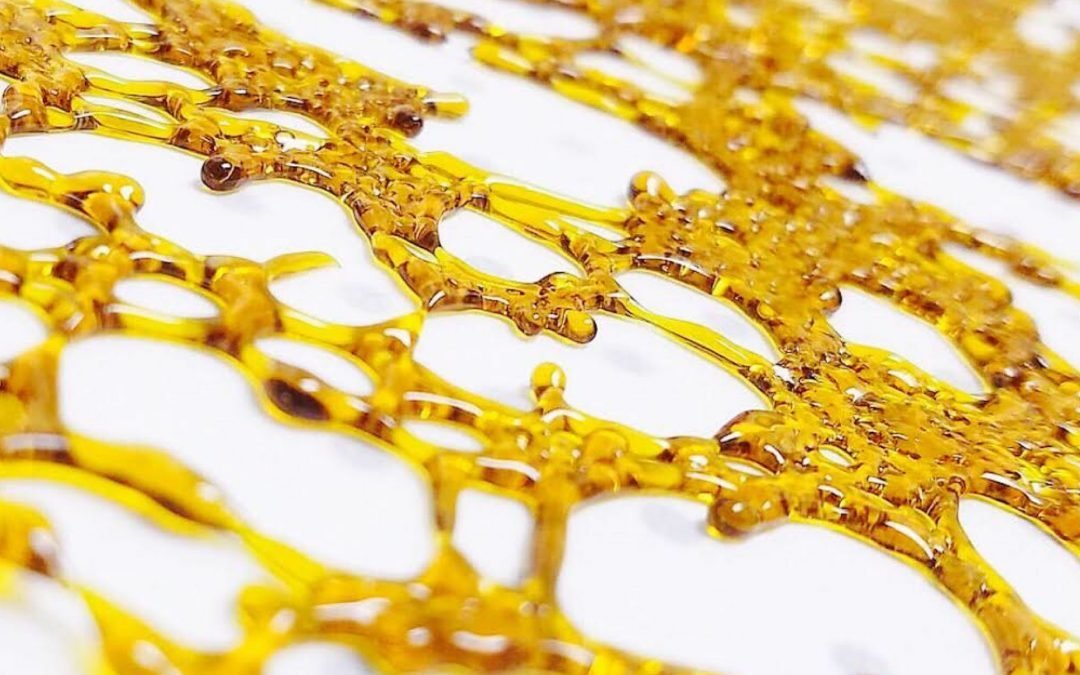

The temperature drop causes the lipids to solidify and separate from the solvent carrying the psychoactive molecules and smelly stuff. From there, the solvent moves into a third chamber, referred to as a dewaxing column, which is cooled to between -40 and -90 degrees Celsius. The solvent then travels to the material column, where it saturates the cannabis and bonds with its cannabinoid, terpene, and lipid molecules. The frozen weed goes into a tall, stainless steel column, while butane or propane gas is added to a solvent chamber, where a recirculating chiller cools and condenses the vapor into a liquid. These days, he's Moxie's chief technology officer. "It's definitely the most impressive model Precision offers," says Josh Mayo, who helped design the company's original flagship model, the PX1, in 2016. The Judge can process 80 pounds of cannabis per day. Designed by Michigan-based Precision Extraction, the imposing apparatus comprises a series of shiny steel tanks a Borg-ian system of flexible metal hoses and more dials, pumps, clamps, and valves than you can shake a vape pen at. That's where systems like the X10-aka "The Judge"-come in. They've also scaled up: To produce cannabis extracts in high volumes, you need bigger equipment and more precise methods. But flavor preferences are subjective the real advantages of frozen bud are economical. For starters, it locks in the chemical profile of the fresh plant, helping to preserve flavors and smells that might otherwise be lost during the drying and curing process. "Either way, within an hour or two of being harvested, you have a frozen solid biomass that's measured out and ready for processing," says Moxie CEO Jordan Lams.įreezing at harvest has its benefits. If it's harvested from a farm, the bud goes in a cooler chilled with dry ice or liquid nitrogen. When the marijuana is harvested from an indoor facility, those bags go straight into a walk-in freezer cooled to -40 degrees Celsius. Harvest crews start by plucking buds from the plant's stem (a process known as bucking), weighing them, and transferring them into vacuum-sealed bags. Unlike other forms of extract, which use dried and cured marijuana plants as a starting material, live resin begins its life as fresh crop. Moxie specializes in a concentrate known colloquially as live resin. To distinguish itself in the Golden State's new, booming legal market, it had to develop a wickedly efficient manufacturing pipeline for producing its sticky, icky wax. These advances have afforded cannabis extracts-the intense highs of which have drawn misgivings from researchers and policymakers-a measure of legitimacy last December, when California issued its initial round of business licenses for its legal marijuana market, the state gave its first temporary license to Moxie, a company known for its cannabis extracts. To keep up with demand, extraction labs and equipment manufacturers have developed increasingly sophisticated apparatuses to produce the stuff, and safer, higher-volume production methods. Dispensaries that use the cannabis database Leafly to organize their inventories have added 300,000 concentrate items to their offerings since the beginning of the year-an almost 600 percent increase over the same period last year. Today, extracts are more popular than ever. Budder is formed by whipping extract into a frosting-like consistency.


 0 kommentar(er)
0 kommentar(er)
